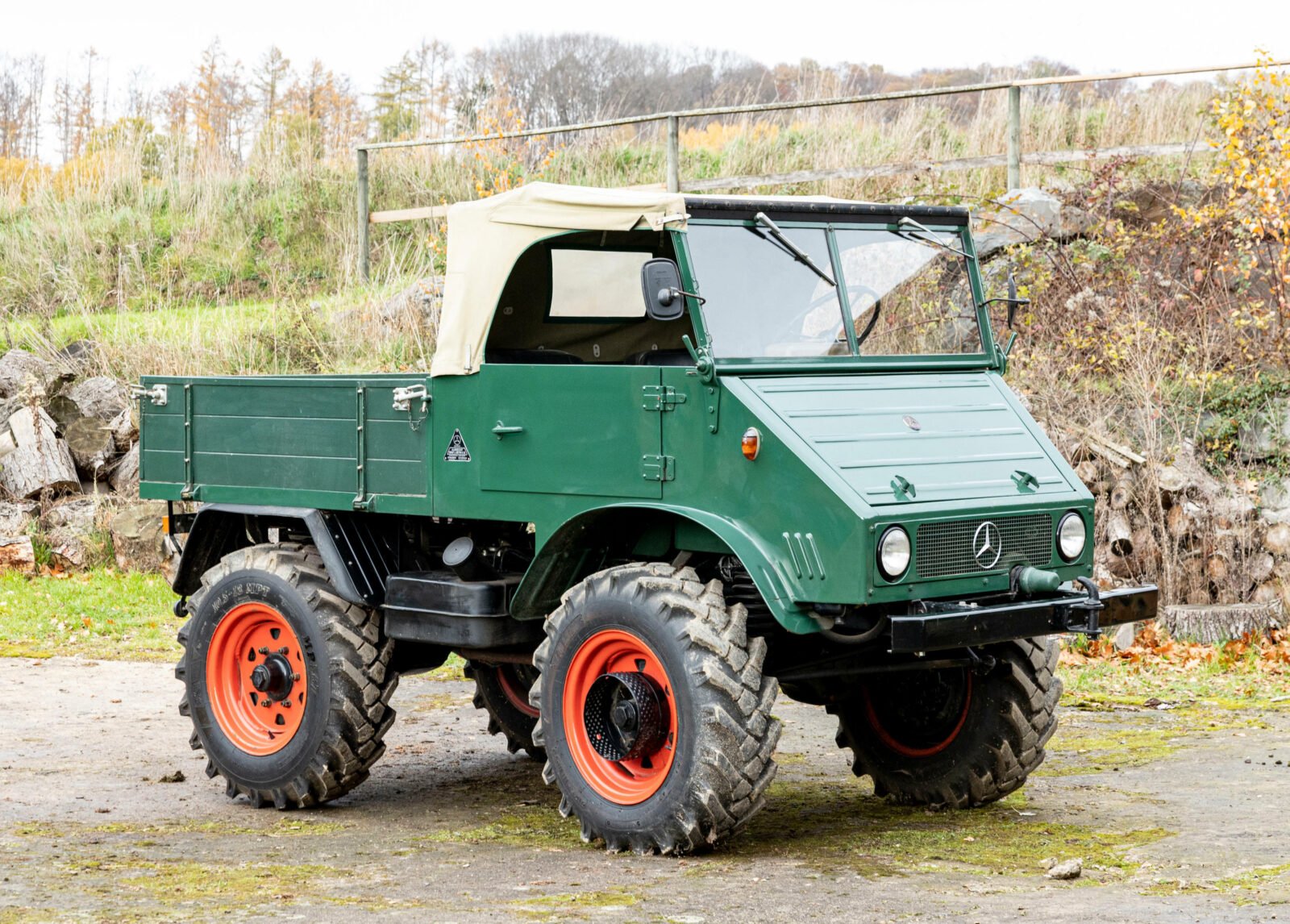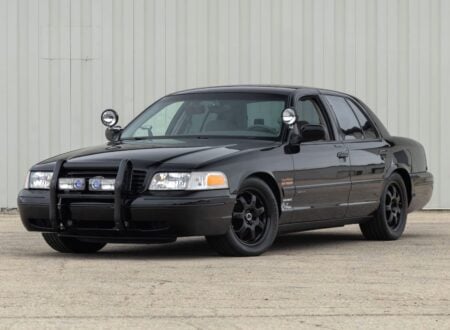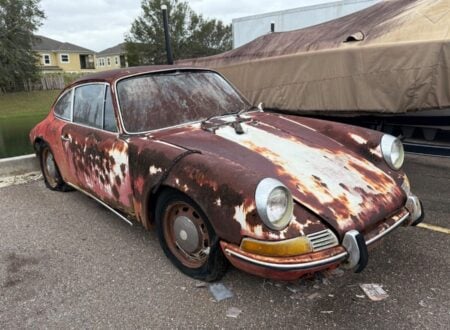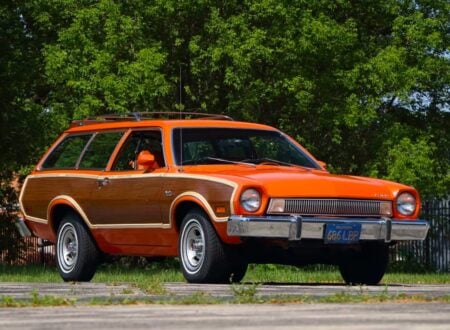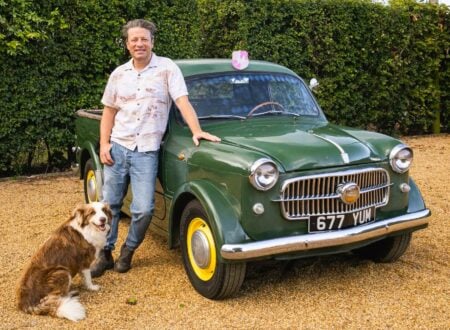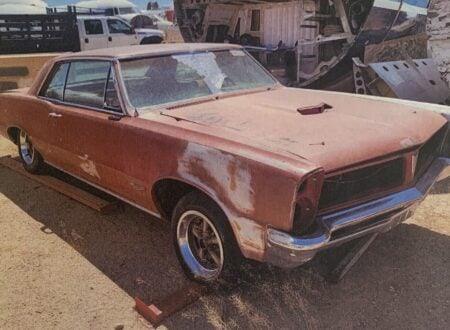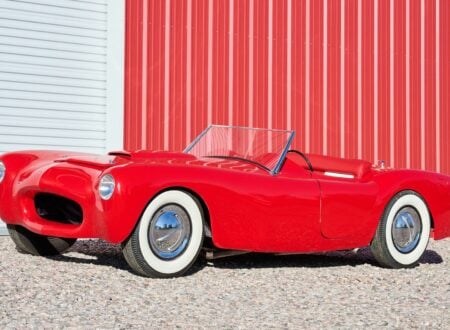This is the Mercedes-Benz Unimog 411, it’s a member of the first generation of Mercedes-built Unimogs that incorporated a range of improvements over the earlier versions. The 411 series was developed after the Daimler-Benz took over of Unimog in the early 1950s.
The Unimog is likely the only vehicle in history to have been used for German potato harvesting and to have won the truck category in the Paris Dakar Rally. Its combination of off-road prowess and agricultural functionality have made it an indispensable vehicle for almost three quarters of a century.
Fast Facts – The Mercedes-Benz Unimog 411
- The Unimog was developed shortly after WWII as two vehicles in one – a 4×4 and a tractor. Interestingly a small team over in England was working on the same idea and would come up with the Land Rover.
- The track width of the first Unimogs was designed to exactly match two rows of potatoes, so that farmers could use them without crushing their crops.
- Much like the Land Rover, the Unimog had a 4×4 drivetrain, a power takeoff for operating farm machinery, and a very simple design so it could be maintained and repaired by its owner.
- The Unimog 411 you see is a member of the first generation of Unimogs built by Mercedes. It features a slew of improvements over the earlier models including more powerful engines, an enclosed cab, and longer wheelbase versions.
The Unstoppable Unimog
The Unimog is one of the most enduring designs in automotive history, it’s been significantly updated over the years of course but the core ethos of the model remains unchanged even after 74+ years.
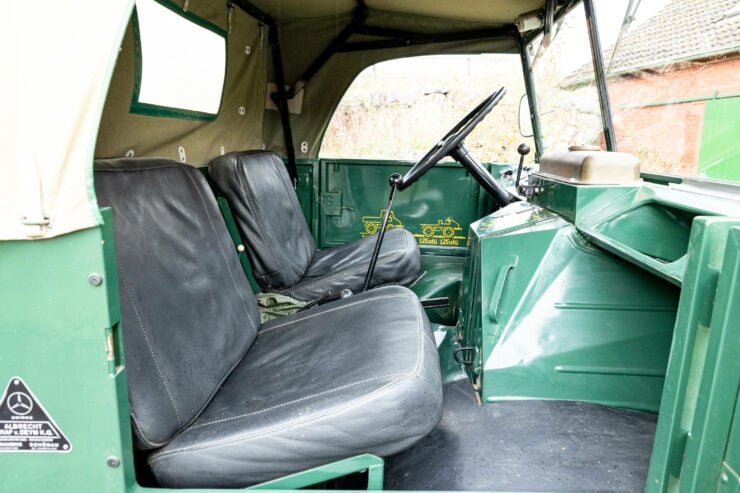

The core design of the Unimog is a flexible ladder frame chassis that doubles as part of the suspension. It’s built in a CoE or cab-over-engine layout to maximize payload room in the rear, and it rides on live axles front and back with portal gears to lift the differentials up out of the way.
Various wheelbase lengths have been offered over the years but the shorter wheelbase variants are typically the most popular with buyers who range from major military forces to search and rescue operators.
Though some owners still use Unimogs in agricultural settings the vast majority are now used in the above mentioned military and search and rescue roles, they’re also utilized by rangers, oil and gas exploration companies, and civilian enthusiasts.
There is a small segment of the Unimog community who actively race them, typically in rally raid events like the Dakar Rally – where the Unimog has taken outright victory in the truck class on a number of occasions.
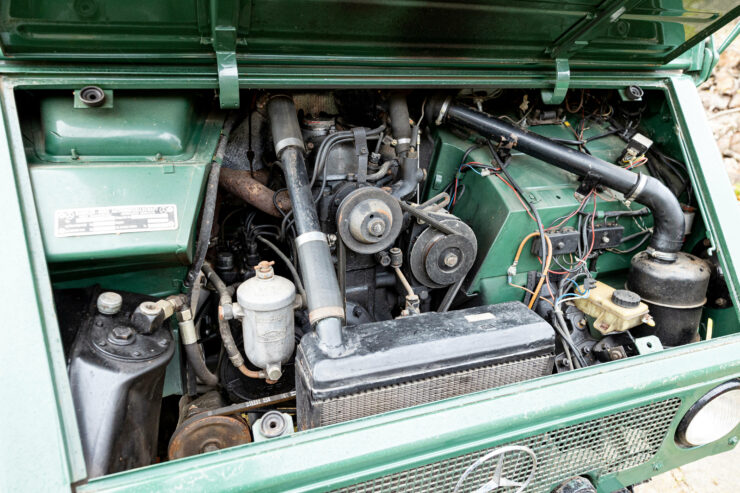

The Mercedes-Benz Unimog 411
The Mercedes-Benz Unimog 411 is one of the more desirable early variants because it includes a wide range of improvements made by Daimler-Benz engineers after the company acquired the Unimog outfit in the early 1950s.
The earliest Unimogs had somewhat underpowered 25 bhp engines as well as canvas soft top roofs, and only one main wheelbase length. Daimler-Benz engineers added a significantly more powerful diesel engine now producing 33 bhp and sending power back through an 8-speed manual transmission.
A fully enclosed cab was also developed, making the vehicles far more pleasant to use in winter and in inclement weather. Finally the relatively short wheel base original version was expanded upon, with longer wheelbase options for those who needed it.
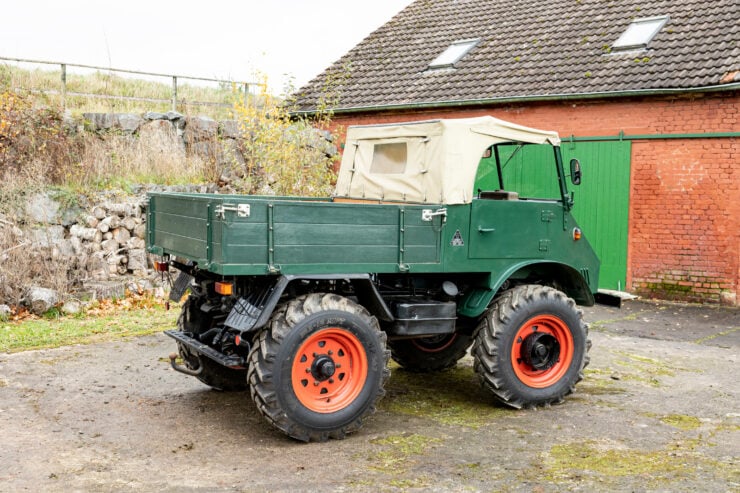

This new and improved vehicle was called the Unimog 411 and it helped set the standard for every Unimog that would follow. The first Unimog developed entirely under Daimler-Benz ownership was the Unimog 406 which would remain in production over a number of variants from 1962 until 1994.
The Unimog 411 Shown Here
The vehicle you see here is a Unimog 411 from 1958, it was acquired for the Bühner Collection in 2007 where it has remained, and it’s now being offered for sale.
This 411 is powered by a 1.8 liter diesel engine sending power back through an 6-speed gearbox, from there it passes through a 2-speed transfer case to the front and rear axles, then via the portal geared hubs to the wheels.
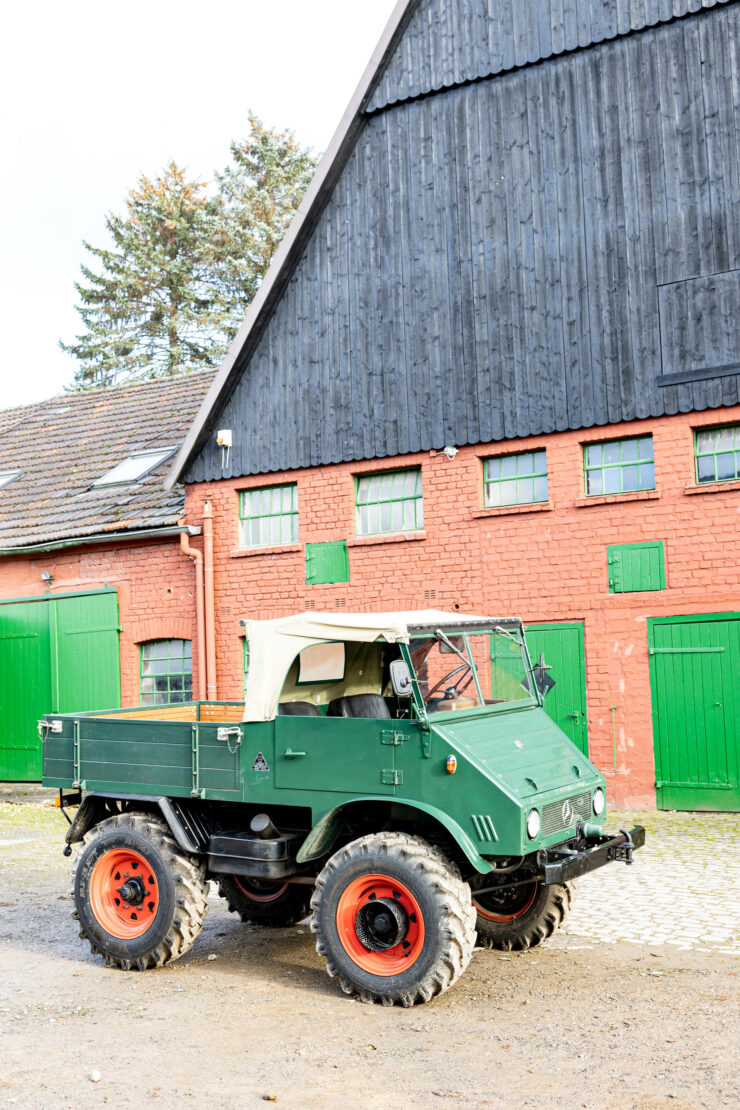

This Unimog has a canvas soft top and it’s the shortest wheelbase variant. It has the unusual bolt-on circular step on each front wheel to make it possible to get in and out of the cab and it’s said to have had a restoration previously many years ago.
It’s now being offered for sale with German registration papers, an original user manual (in German), and numerous magazine articles about the model. If you’d like to read more about it or register to bid you can visit the listing here on Bonhams.
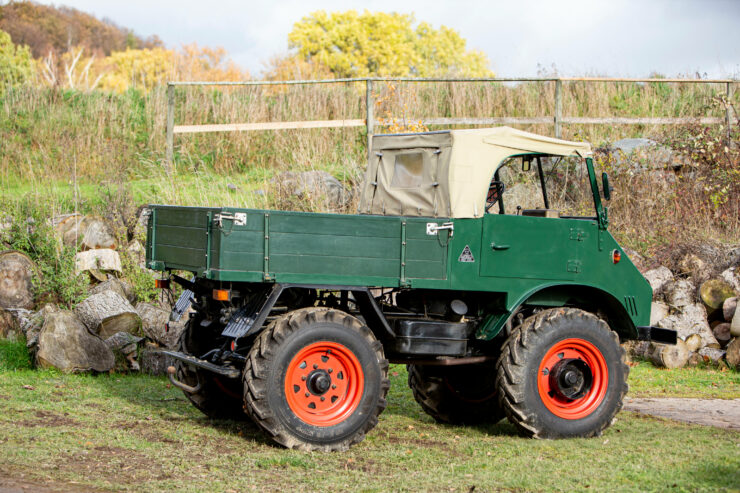
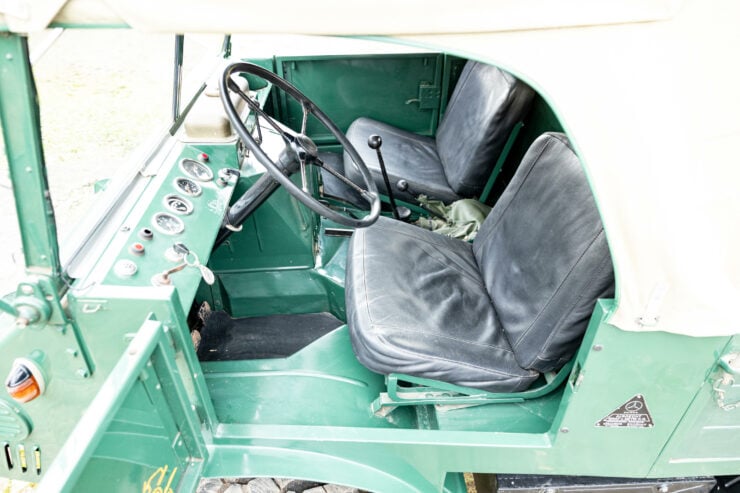
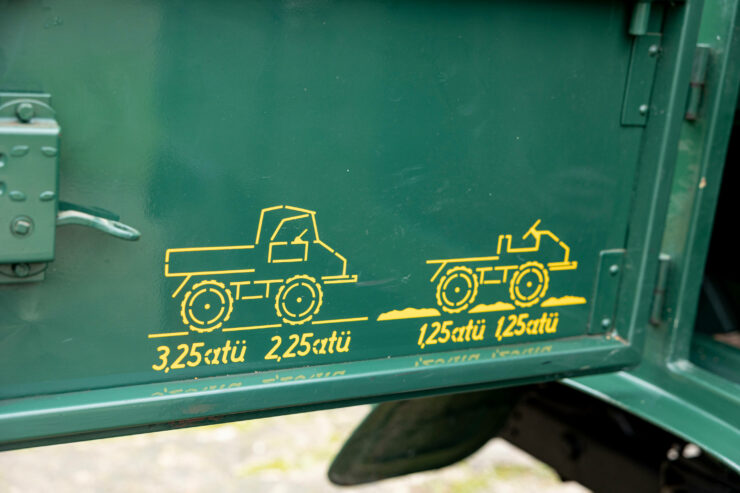
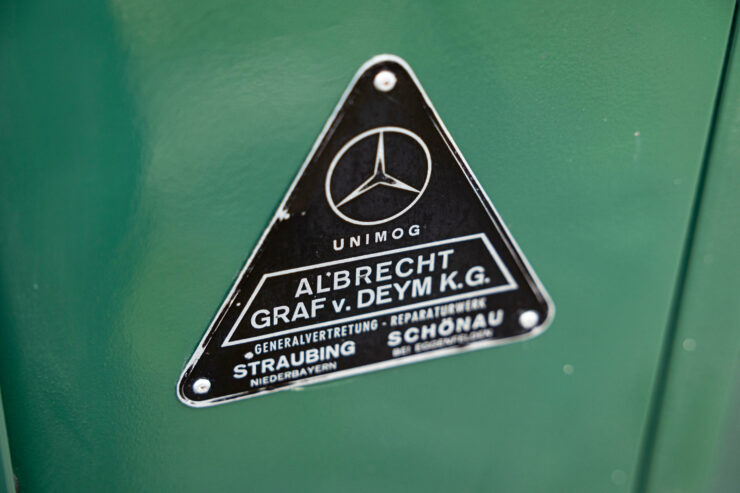
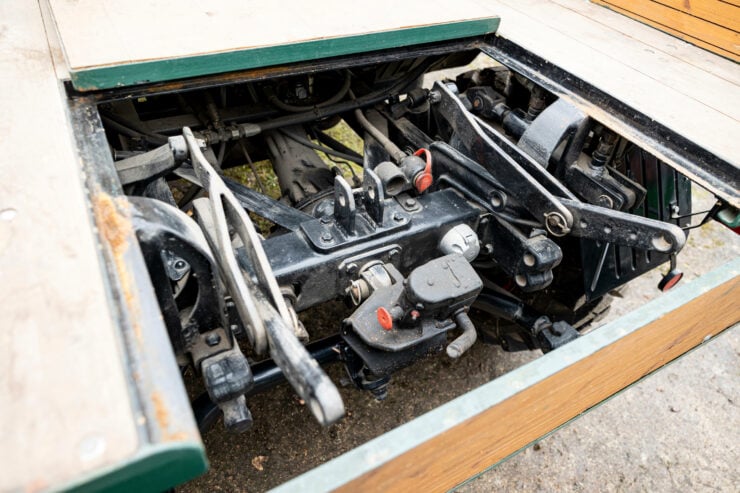
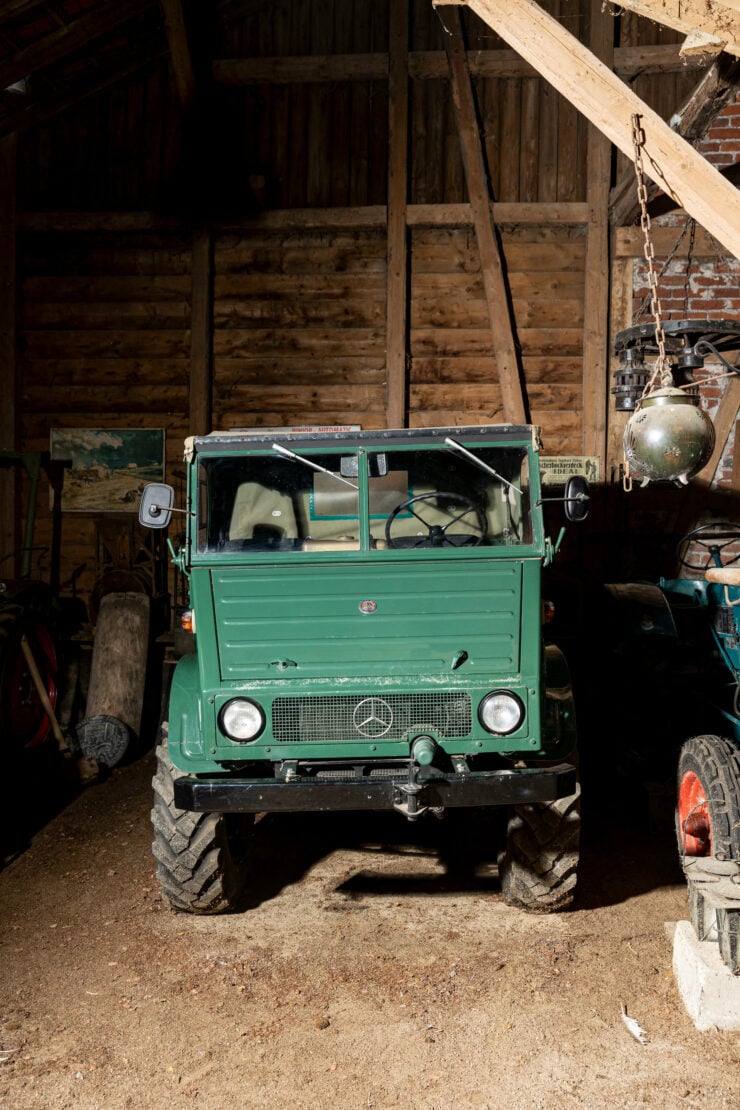
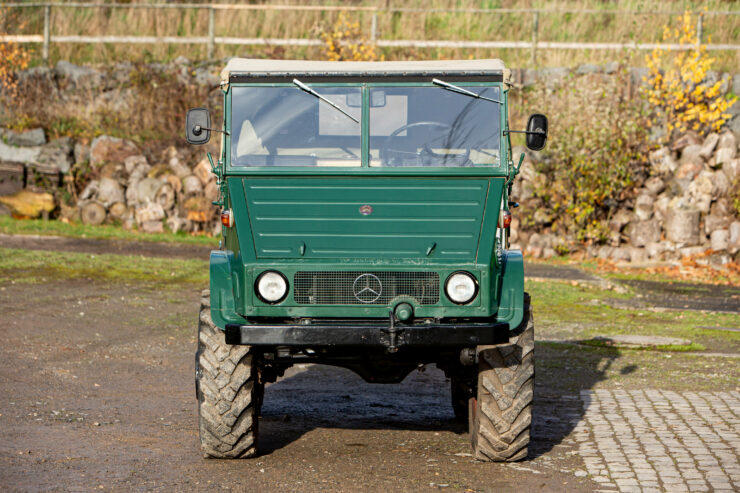
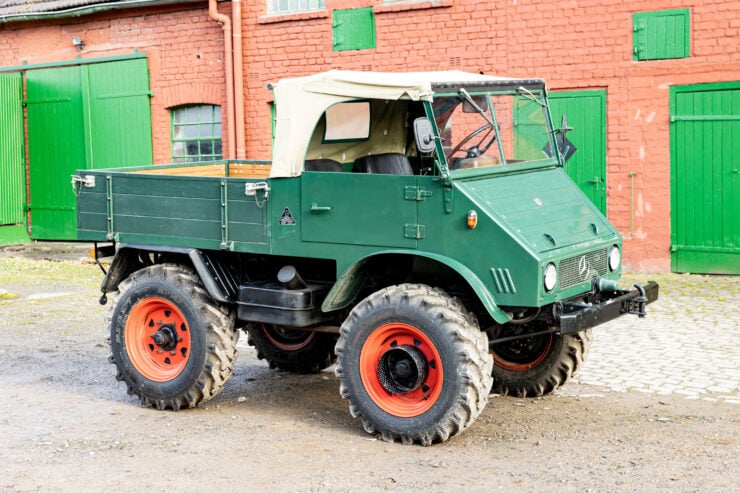
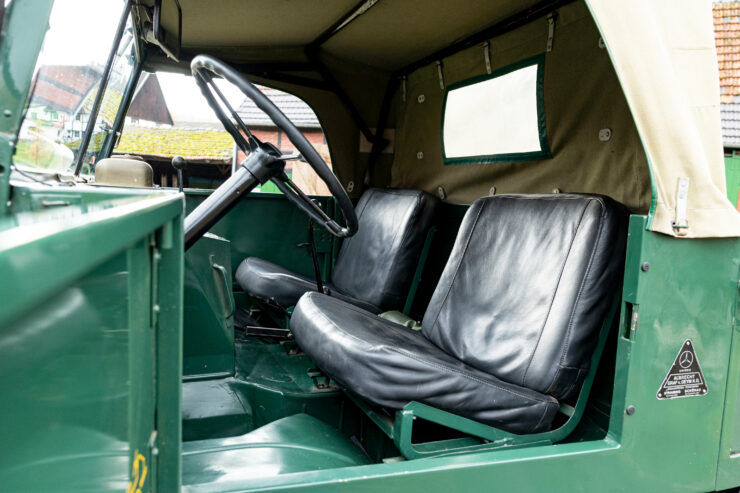
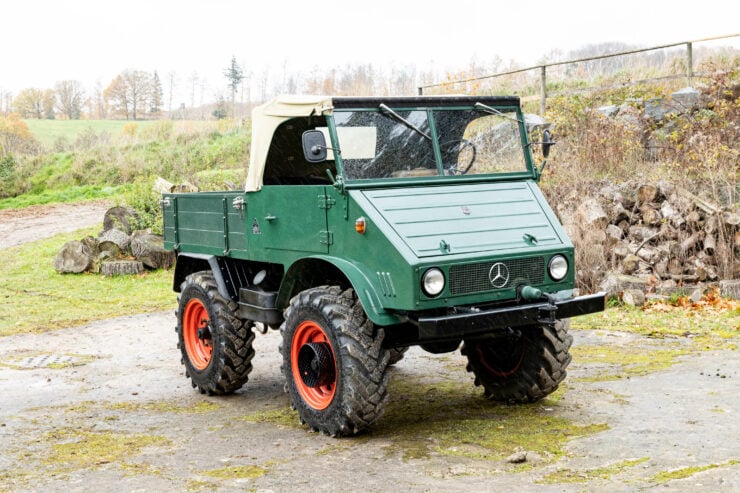
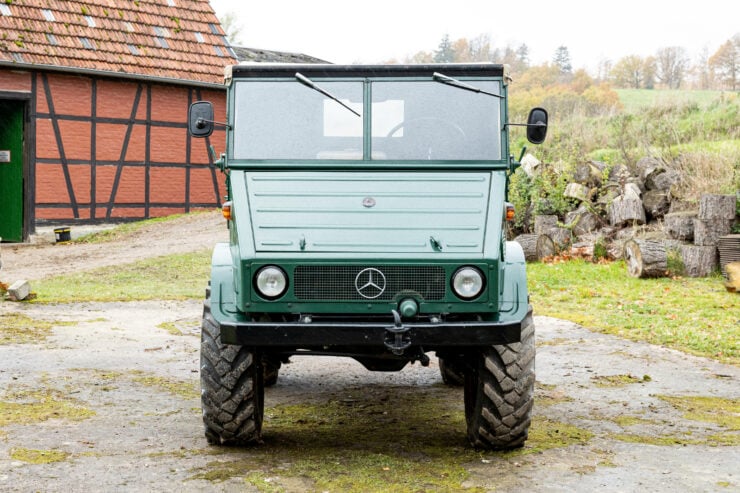
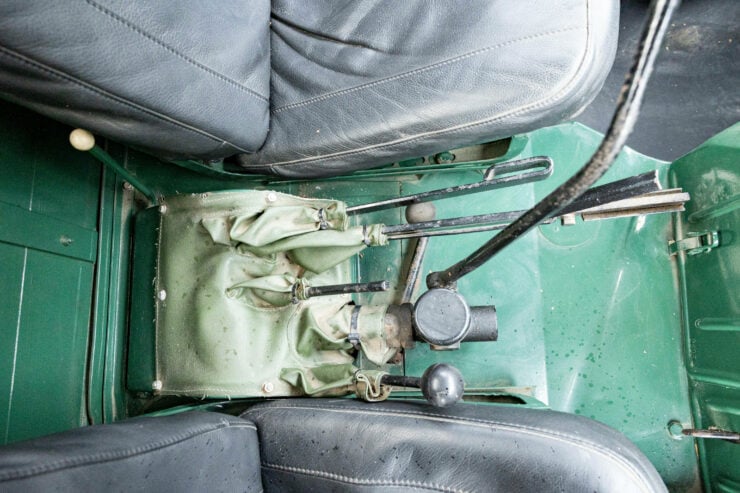
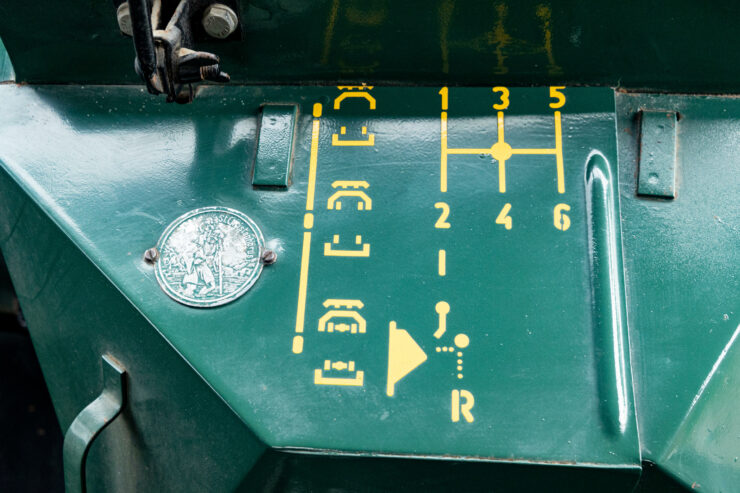
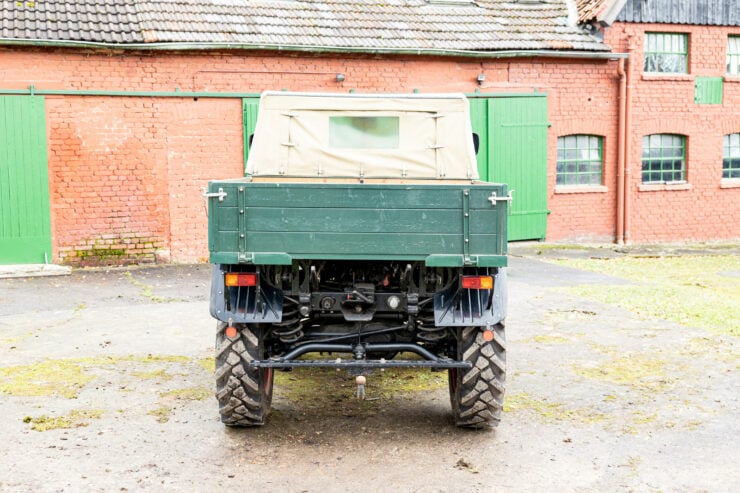
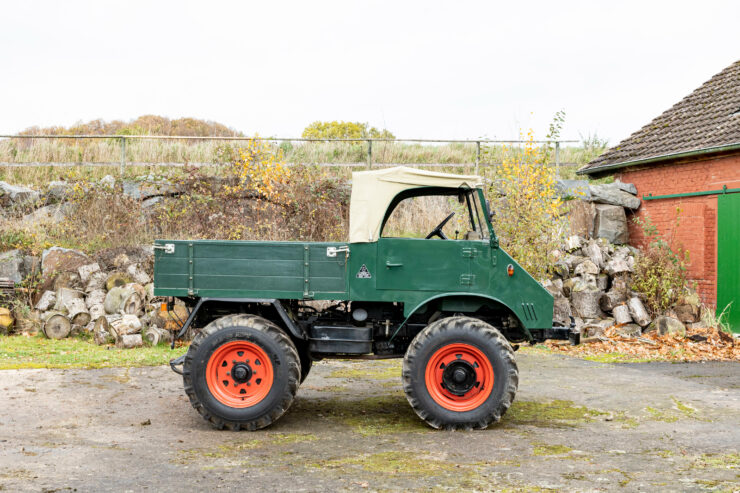
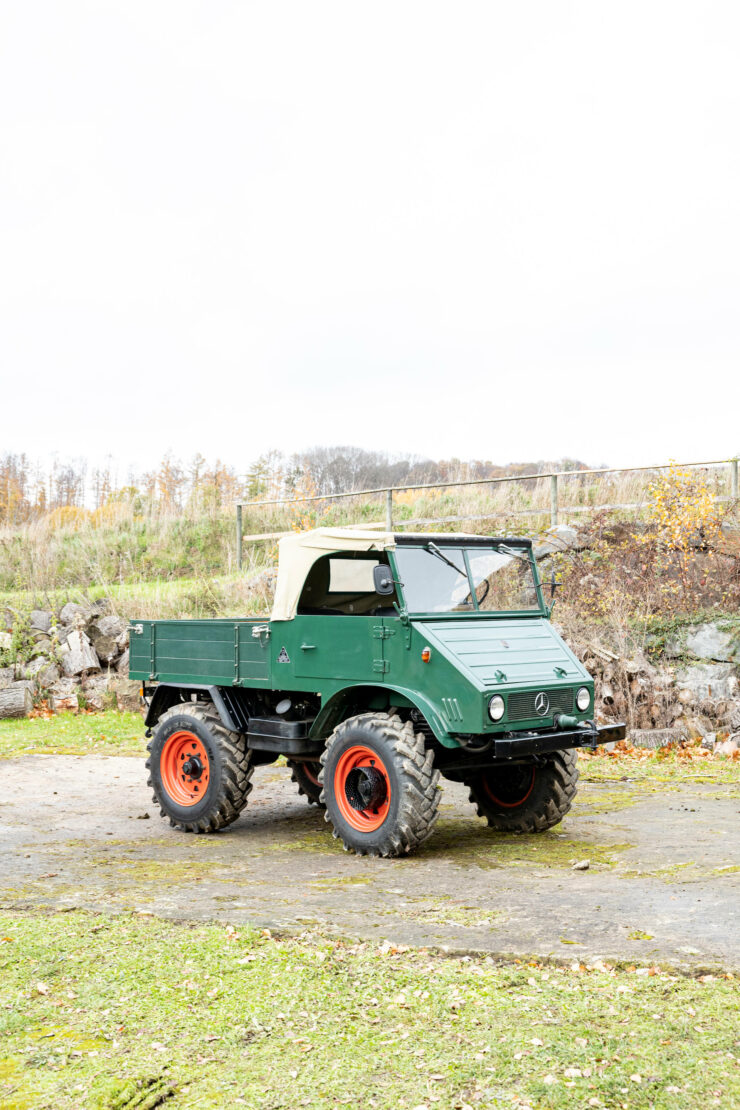
Images courtesy of Bonhams

